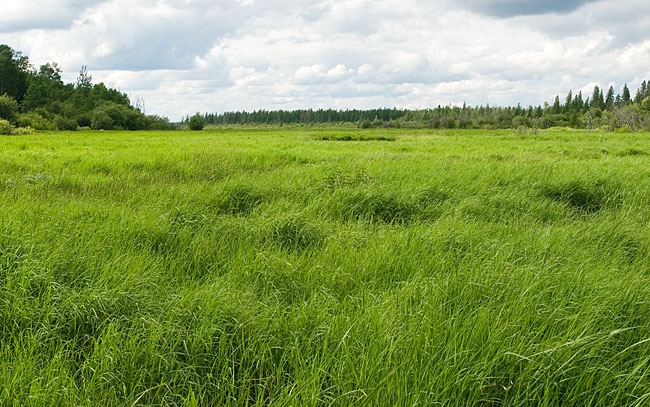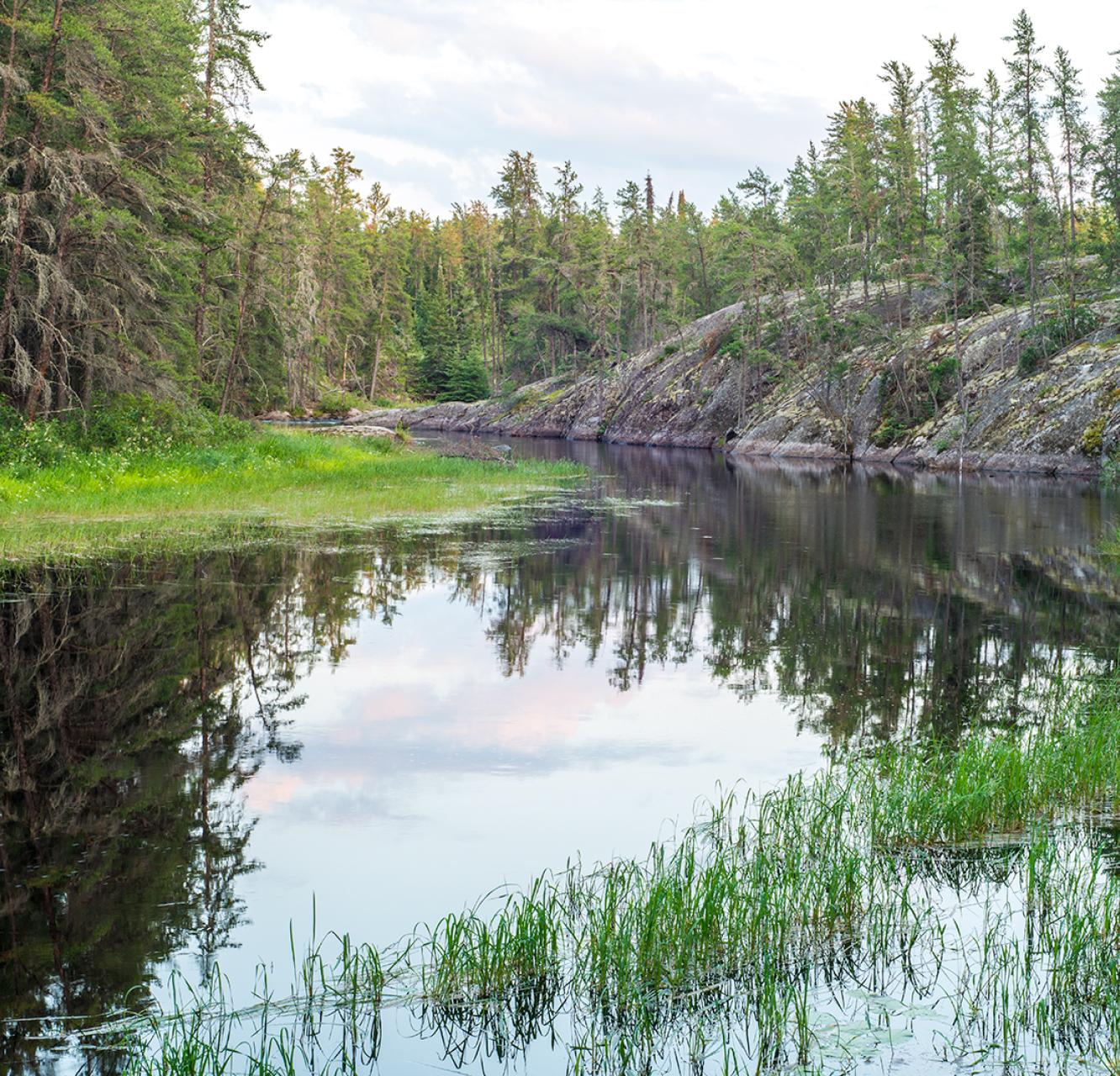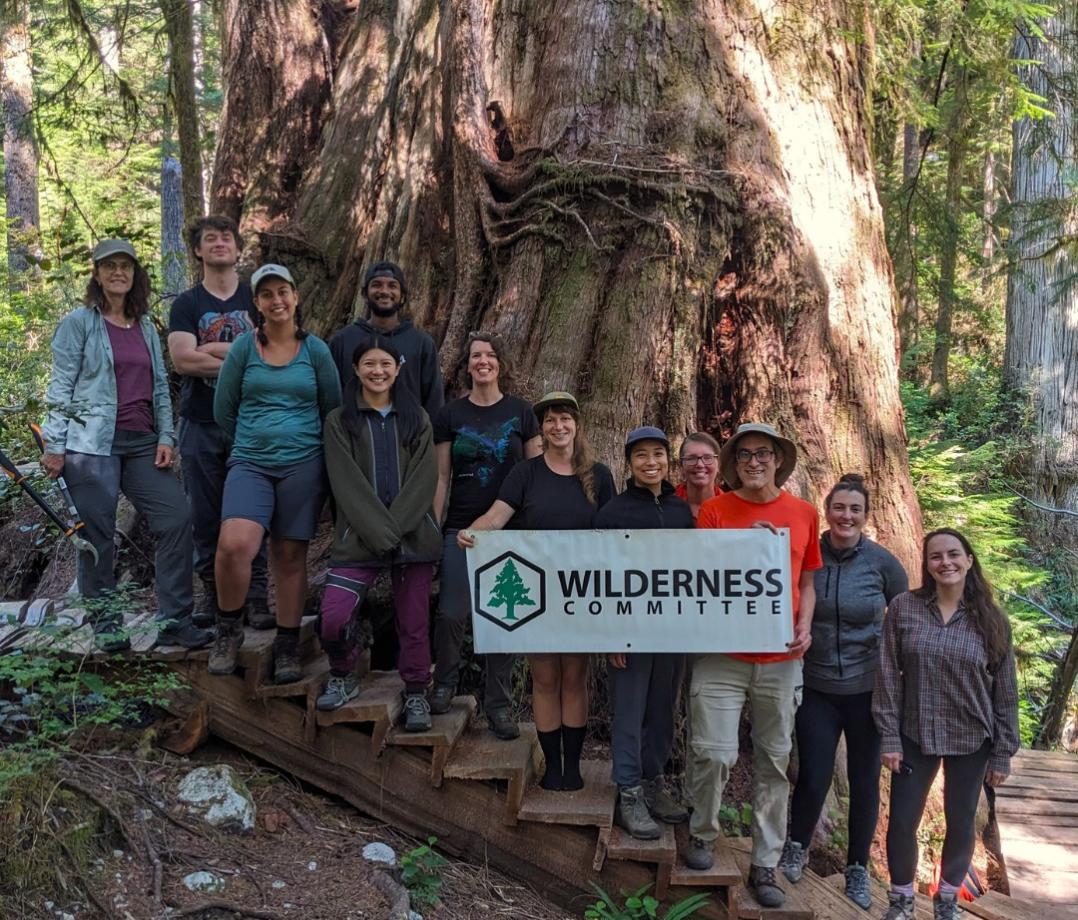Visitors in the Upper Whitemouth Area
Saturday, August 22, 2009
The cleanest river in southern Manitoba was murky brown. I was disappointed.
Young North, Uncle Paul and I had aimed for the southeast corner of our province, and drove into the thick pine stands of Sandilands Provincial Forest one afternoon. The forest floor here is sandy, as you could guess form the name, and offers the growing conditions jack pines can tolerate. After miles of gravel roads, we dropped into a lowland area and came to the Whitemouth River, which was our destination. The Upper Whitemouth River area is one of the Wilderness Committee’s Conservation Hotspots, and the river is likely the cleanest waterway remaining in southern Manitoba. Not today, though, as recent heavy rains had caused siltation.

Cloudy waters wouldn’t deter us from our expedition, and we jumped in the boat to head into the vast bog complex. The water was fast and opaque, and we slid over many flooded vegetation clumps on the way downstream. The lowlands bordering the river are really quite extensive, and one of the reasons the river is as clean as it is. The lack of shoreline development, coupled with the natural vegetation filters that still exist, have left Manitobans with a rare gift—clean flowing water. The source of the river, Whitemouth Lake, is fed by many underwater springs, which also explains the clean river. As we floated in the Whitemouth, taking pictures and video of the expansive marshy plain, a large whitetail deer stood up in the long reeds next to the river. He seemed very surprised to see us, and stared for a few seconds before turning tail and bounding off into the forest, his velvet-covered rack floating above the tall grass. After a time, we also turned and headed back. A submerged log caused a little grief on the way out, as I sheared the pin on the prop when we struck it. We were prepared for such a setback, of course, and made it back to the van after repairs.

Whitetailed deer peering at the newcomers
Before the sun sank for the night, we tried our luck at fishing for pickerel on Whitemouth Lake. We had no success, but as we packed up, a young black bear came to feed on the rich grasses between the forest and the waters’ edge. While black bears and whitetail deer sightings are not rare, it is a pleasure to see wildlife in wilderness, and this last visitor brought a joyful end to our days’ adventure.
- Eric Reder

The meandering Whitemouth River






